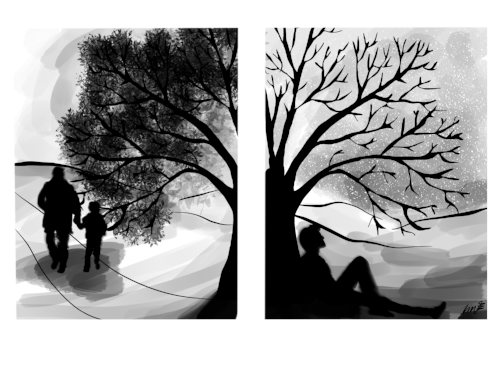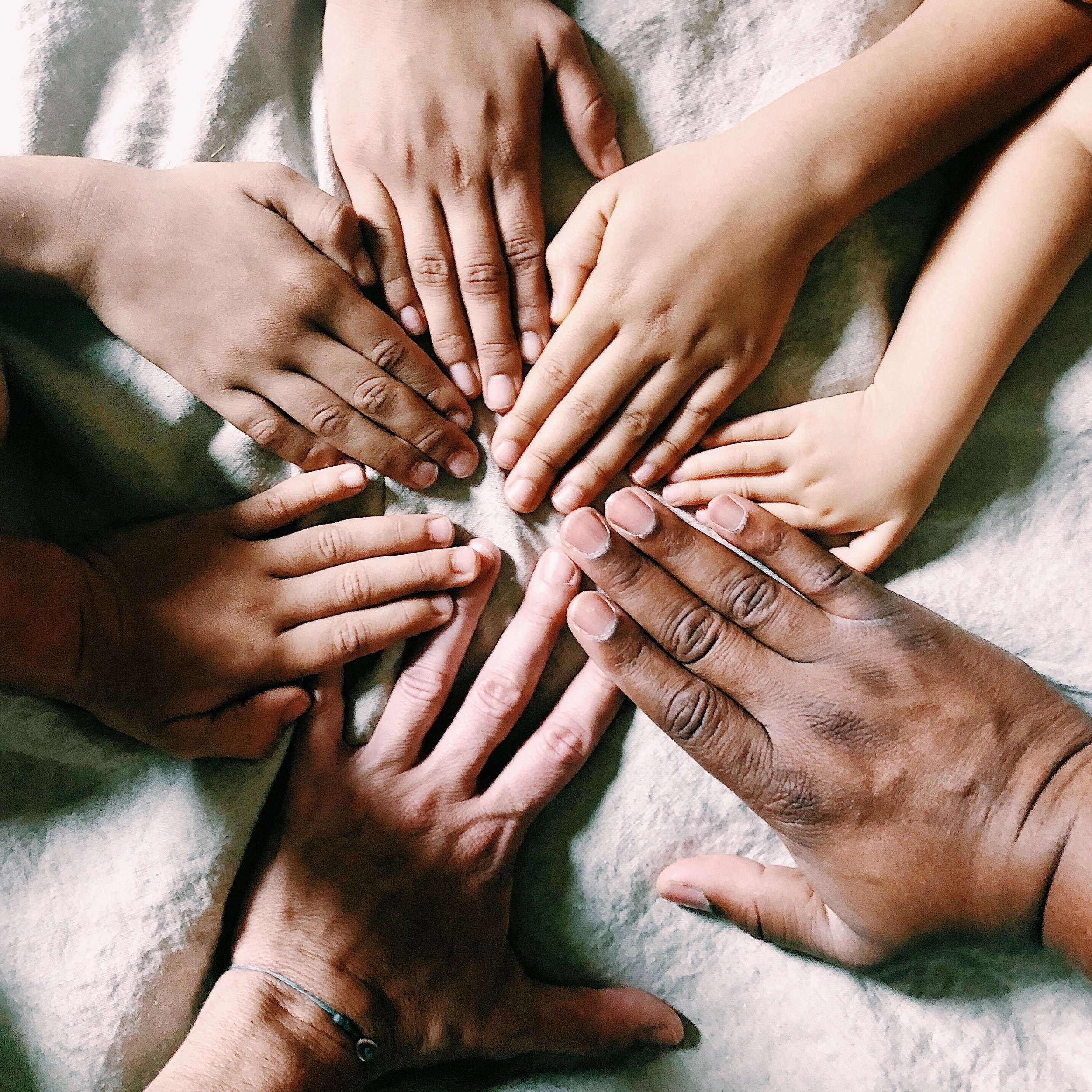Friedrich Nietzsche famously said, “God is dead.” He rocked the theological and philosophical world of his time. I don’t know if this is what he meant, but the way I have come to interpret the death of God is that the anthropomorphic, human centered, magically intervening God that must be appeased is (and should be) dead. Nietzsche came out of a time where reason triumphed and human invention exploded. Though inflammatory and often taken as such, Nietzsche himself was not a nihilist. An atheist, yes, but no nihilist. He had great faith in human reason and implored the necessity of personal responsibility. The God he proclaimed dead is, frankly, a God I also do no believe in. I wonder if Nietzsche inadvertently called for a new way to believe in reality. The God of reality - the cosmos, the gravitational pull between all things, the relational nature of, well, nature - is as alive as you and me. This relationship between all things exists whether we choose to participate in it or not, whether we believe in it or not.
Bill spoke into this yesterday: We are the universe becoming conscious of itself. We are evolution from the ground up. Everything that ever was is in us, from stardust to the dinosaurs to Mozart. We are stardust in human form. And the amazing thing is our evolution is not static. We are in an ever expanding loop with all of creation. The question is how will we choose to participate? With active hope or as passive bystanders?
For more than 35 million years, elephants have evolved and adapted to a changing earth. To put it into context, our first human ancestors appeared only 5-7 million years ago. Today, scientists observe that about one third of African elephants never grow tusks as an adaptation to avoid poaching. This is their protest to a civil war, a consumerist war not of their making. It is, perhaps, their silent plea to humans to evolve past senseless violence. They are harbingers for our survival and theirs. This dance, where predator and prey must respond and adapt to one another, is called co-evolution. It can be life giving, mutually enhancing, and it can also be destructive.
As Nature continues to adapt to us, her breath grows ever wearier. We’ve got to get it out of our heads that nature is here for us to consume. We are but part of nature, another step in the universe’s grand project of evolving consciousness. Paul Simon, outstanding lyricist and songwriter, wrote:
“Too many people on the bus from the airport
Too many holes in the crust of the earth
The planet groans
Every time it registers another birth...
Never been lonely
Never been lied to
Never had to scuffle in fear
Nothing denied to
Born at the instant
The church bells chime
And the whole world whispering
Born at the right time”
Every single one of us was, I believe, born at the right time. That we are here at all is both a miracle and exactly as it ought to be. How are you, in your own small and unique way, meant to co-evolve in consciousness?
An allegorical painting by Holly Hudley











